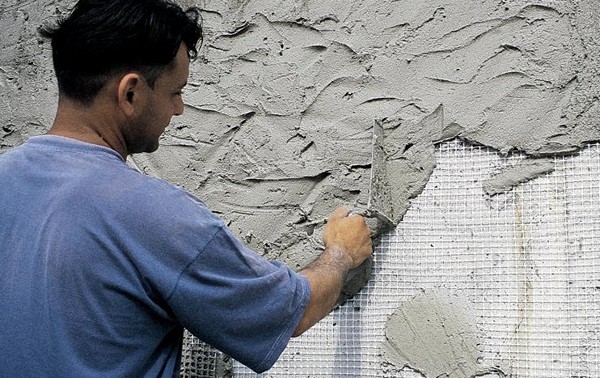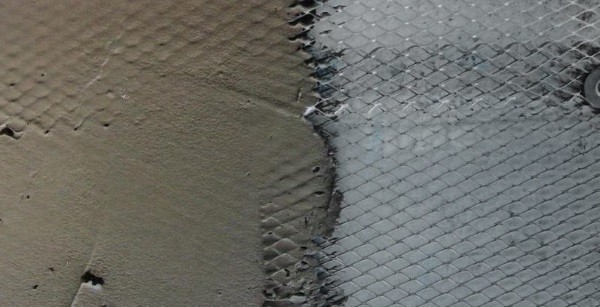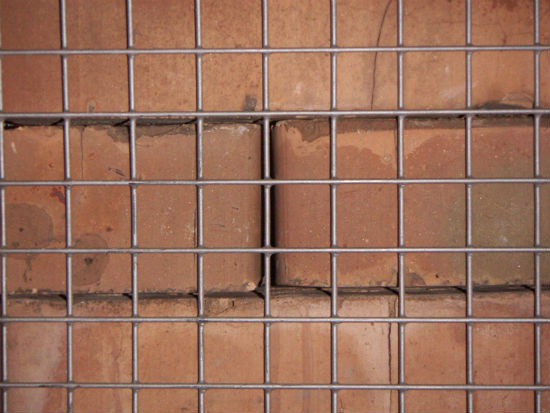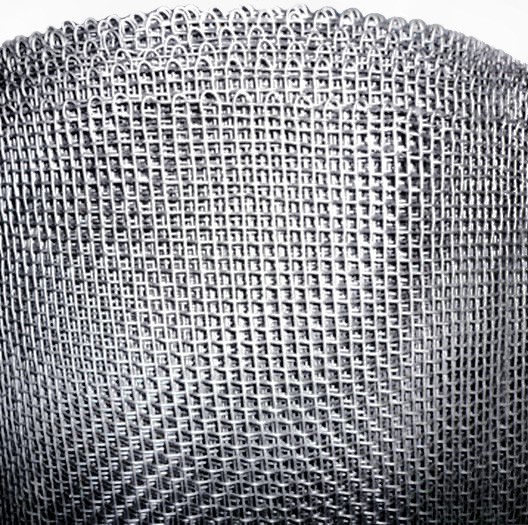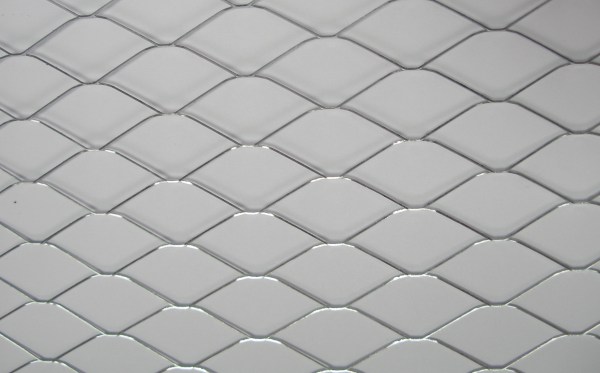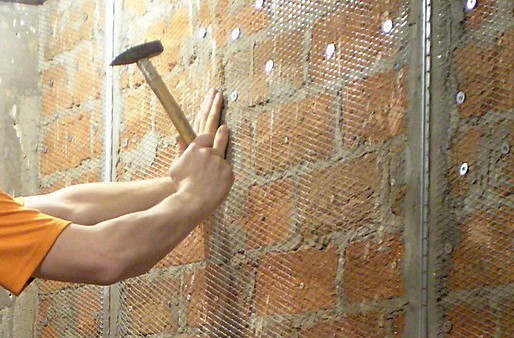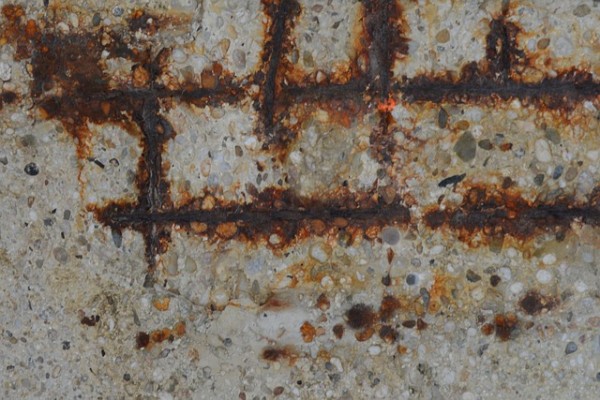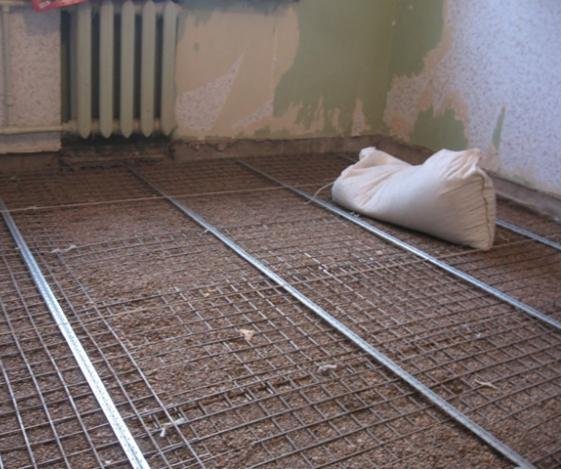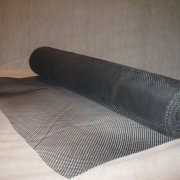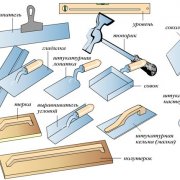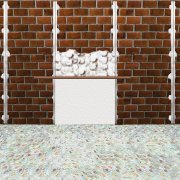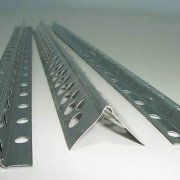Plaster grid steel - types and application
In many industries, metal mesh is used. And construction is no exception.
The most popular in this industry is a steel plaster mesh, as well as similar materials used for fencing, sorting bulk mixtures, filtering liquids, etc.
The content of the article
Types of metal grids
Steel nets are metal-made products in the form of a woven or woven fabric. They are made of steel wire of different thicknesses, which when interlaced forms cells of a certain size and shape - a square, rhombus, rectangle, etc.
Distinguish types of plaster mesh not only by these signs, but also by the metal processing method and manufacturing method.
Treatment
Depending on what material the wire is made of, the mesh can be:
- Made of black steel;
- Stainless steel;
- Galvanized steel;
- Made of polymer coated steel.
The instruction for the production of plastering does not allow the use of untreated metal mesh, because when it comes into contact with moisture and with an alkaline environment, which all mineral plasters possess, it begins to deteriorate under the influence of corrosion processes.
Stainless steel products are also practically not used in this area, since their price is very high. The most affordable and economically viable option is galvanizing.
Preparation method
They produce a grid in different ways, depending on its purpose:
- Wicker (chain link) It is made on machines with manual or automatic drive without heat treatment. The material is wire spirals (galvanized or polymer coated) of low carbon steel, which are intertwined. It is used for the manufacture of barriers, aviaries, sifting of bulk materials, as well as for reinforcing plaster with a layer thickness of at least 4 cm.
- Welded galvanized wire mesh made of 0.6-2 mm thick wire from low carbon steel. It connects to the cells by contact welding of intersection points. In addition to plastering, it is used for reinforcing masonry, strengthening heat-insulating coatings, obtaining small fractions of bulk materials, manufacturing fences and fences, as well as in the construction of roads.
Note. Zinc coating makes the material reliable, strong, durable, resistant to temperature fluctuations, aggressive environments, moisture.
- Woven Steel Plaster Mesh It is made of high-alloyed or low-carbon (galvanized or non-galvanized) steel wire by weaving. It is intended primarily for plastering and puttying to reinforce and level surfaces. It can also be used as a sieve, and fine-mesh materials as a filter for various solutions.
- Expanded Mesh made of solid metal sheet of galvanized or stainless steel up to 2 mm thick. In it, cells are first carved, which are then stretched. They are also actively used when doing do-it-yourself puttying and plastering.
Properties and Application
Let's talk about the features of metal plaster nets and the areas of construction in which they are used.
Properties
The weight of such nets, despite the material from which they are made, is relatively small, so they do not create a special load on the walls. But they provide the surface with high strength and its mechanical resistance to various influences. Even with the destruction of the plaster layer, the reinforcing mesh retains its integrity, allowing spot repairs.
Due to its flexibility and three-dimensional structure, it adheres well to any surface, easily repeating its shape. At the same time, being in the thickness of the plaster, it does not reduce its vapor permeability and other properties.
As already mentioned above, non-galvanized steel plaster mesh is not recommended for use in surface finishing with cement, gypsum, lime and other mineral compounds.
The fact is that they contain alkalis that react with unprotected metal, oxidizing it. When activated, corrosion processes gradually destroy the reinforcing frame of the plaster, completely leveling its functions.
Note. Even if these processes take a lot of time without violating the integrity of the leveling layer, there is a risk of rust spots appearing on the surface, which will affect not only the plaster, but also the decorative coating. It is impossible to get rid of them without dismantling the mesh.
Application area
Depending on the size of the cell, material and thickness of the wire, steel plaster mesh can be used to perform the following tasks:
- Reinforcing plastering walls, ceilings and other surfaces of concrete, brick, foam blocks (see How to plaster walls from foam blocks, retaining their ability to "breathe"), wood and other materials;
- Reinforcement of masonry and masonry of concrete blocks;
- Reinforcement and fastening of heat-insulating materials with subsequent plastering;
- Reinforcement of the base for tiling;
- Reinforcement of concrete floors, steps, paths, etc.
In addition, it is used for the manufacture of temporary fencing of construction sites, sifting of dry building mixtures and sand, separation of mineral fillers into fractions and other works related to construction and decoration.
Conclusion
It is difficult to find a more reliable and functional material to give the plaster high strength properties than steel mesh. It not only protects the coating from mechanical damage, but also prevents it from cracking and peeling off the base.
The video in this article gives a broader view of the application and features of this building material.
